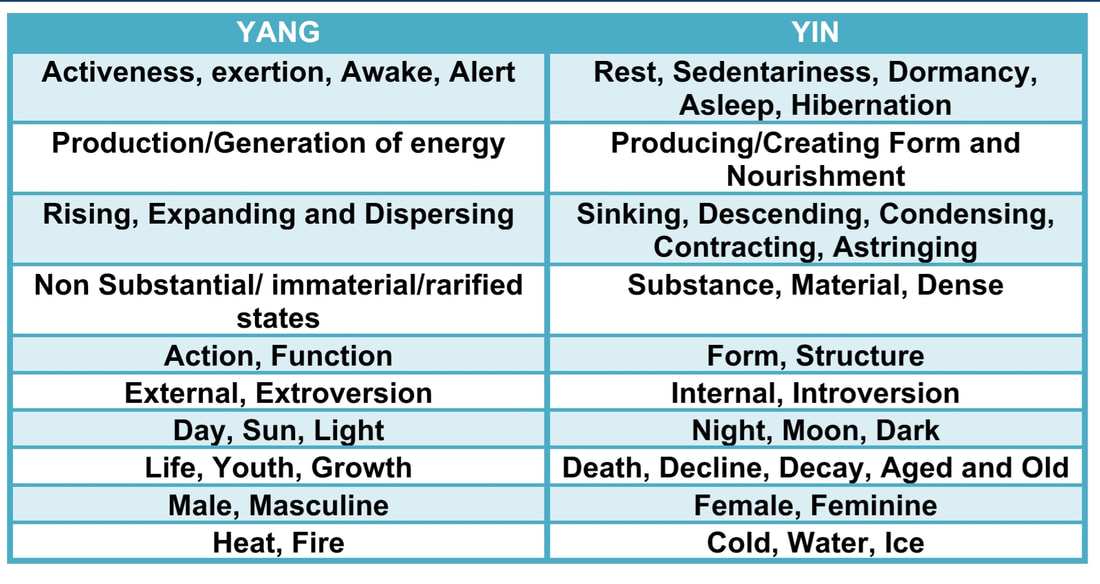|
The concept of Yin and Yang is an important aspect of Traditional Chinese Medicine (TCM), and one which spans back thousands of years. TCM bases health on relative balance and harmony within the body; and cites imbalance and disharmony as the circumstances which leads to unhealthy states of disorder; causing illness, injury and disease. Yin and Yang, and their relationship to one another, are fundamental concepts often used to understand and to describe these balances and imbalances that determine health or lack thereof. In order to understand the application of yin yang theory to the body and to health, one must first fully understand these simple, yet complex, concepts at a more fundamental and general level. Traditional Chinese philosophical and medical texts, over two thousand years old, cite the importance of yin and yang and the roles they play. From the Tao Te Ching, a classic eastern philisophical text dating back to 600 b.c., we are told “The Tao is the One, From the One came Yin and Yang; From these two, creative energy; From energy, Ten Thousand Things (everything); the forms of all creation (Tao Te Ching Chapter 42, DJ Jeffery 2003 translation). The Tao (also called the Dao) literally translates as "the path" or the "way" and is often called the "One". It is understood by many philosophers that the Tao is the entity or source of the universe; or the universal principle underlying all things. From the One, came the two; Yin and Yang. These two together, through their relationship and interactions, creste the Ten Thousand Things (in ancient China, Ten Thousand was a very large number and a way of saying everything). ”All things that exist, do so as “inseparable and contradictory opposites (ancient history encyclopedia),” This is yin and yang. To simplify Yin and Yang we can, for the moment, see them as categories (though in actuality they are far more complex). Yin and Yang are two categories that stand in opposition to one another, but which also give one another meaning. They are contradictory yet complimentary. They are used to divide and define thing into one of two categories; either being of greater yin quality or greater yang quality. This categorization can be applied to virtually everything; from materials and substances to movements and actions; and any state, stage or part within a cycles. Below is a chart dividing basic yin and yang concepts. With the basic understanding of Yin and Yang as categories of classification, we will ,in the next post, look at the 4 relationship aspects between yin and yang. These relationships include their opposition, interdependency, consuming of one another and transformation into one another.
0 Comments
Leave a Reply. |
Cassandra Hecker R.TCM.PPractitioner and general educator in the philosophies, tools and techniques of traditional Chinese health and healing practices. Archives
March 2021
Categories
All
|


 RSS Feed
RSS Feed
